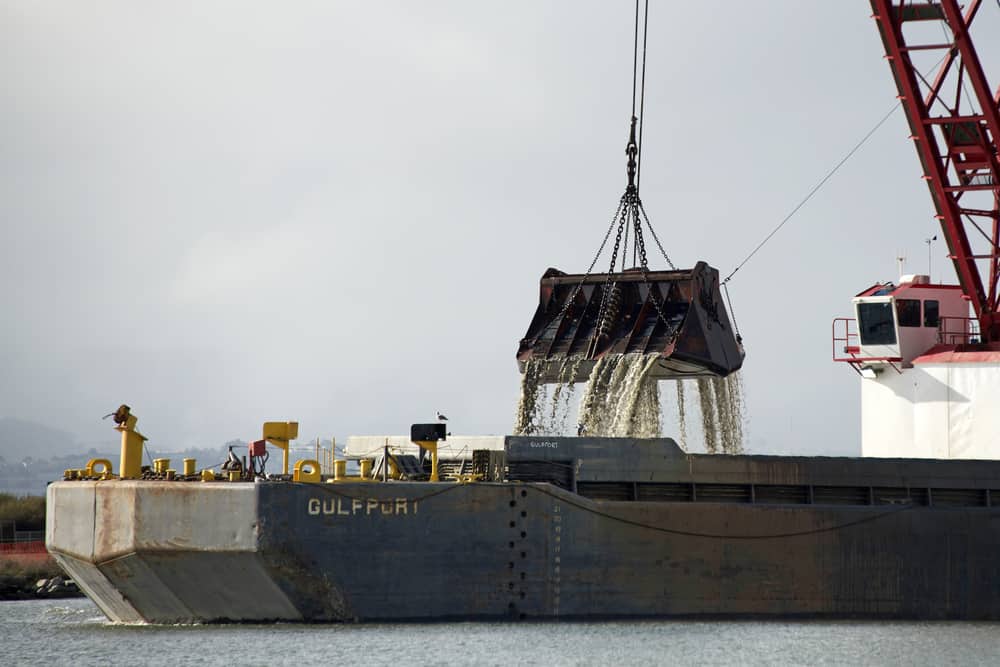Dredging has come a long way, from the days of animal and grueling manual labor with the introduction of engine-powered technology. Throughout the evolution of this industry, one form of dredging has endured and served civilizations across the world faithfully.
What is maintenance dredging, and how can this process work to improve transportation and shipping?
Digging into Dredging
The process in general involves excavating material from the bottom of a water source like a lake, river, harbor, or canal. While the aims can include objectives such as finding valuable minerals, the primary goal of maintenance dredging is to make the waterway more suitable for human use by adding depth to it. Why might you need to take this step?
Navigation
Boats, ships, and other vessels need space for proper freedom of movement. Sometimes sedimented sand, mud, or similar substances can cause the waterway to become silted and therefore more shallow. Using a dredge on a water source to make it deeper or wider could allow a greater range of vessels to pass through the source efficiently and safely.
Capacity
For a variety of reasons (dam maintenance, for example), the amount of water contained in a water system at any given time may need to be expanded or reduced. This process can help bolster water storage capacity or make the act of draining water much easier.
Water Wellness
Issues of quality and health are extremely important factors, especially when it comes to such a life-sustaining source as water. If the water quality within a source becomes degraded over time, the process in combination with other actions may offer a potential remedy for the problem.
Maintenance Dredging Must-Haves
Once you’ve decided that dredging is the best option for you, what will you need to complete the task with confidence?
Equipment
Dredgers are workboats that provide the power to remove materials from a water source. The material removed can include gravel, sand, rock, and minerals, all of which a trusted service can remove with efficiency. For maintenance processes, trailing suction hopper dredgers (TSHDs) have surged in the last decade due to their flexible self-propulsion capabilities and non-reliance on spuds or anchors. In addition, TSHDs have the advantage of relocating dredged material with less hassle and causing no obstruction to other waterway traffic.
Additional equipment, namely water injection dredgers and bed levelers, can move material below the surface. When used together with a TSHD, such equipment can really lower operating costs. Mechanical bucket ladder and grab dredgers, on the other hand, are invaluable in confined spaces or in areas where especially heavy or unexpected objects may be encountered.
For smaller waters like ponds or drainage and irrigation canals, your best bet may rest with stationary suction dredgers. Barges or offshore facilities can be utilized for storage of dredged materials with these dredger types.
Reliable Service
Attempting a project on your own can be an expensive proposition. The equipment needed can run up a high price tag, and even then you are not guaranteed to get a return on your value. If the equipment does not operate properly, you’ll be stuck with a big bill and an unfinished project.
Finding a service than can make use of its own equipment and complete the project with swiftness and with the diligence of trained, certified professionals may just be the best investment you will make.




